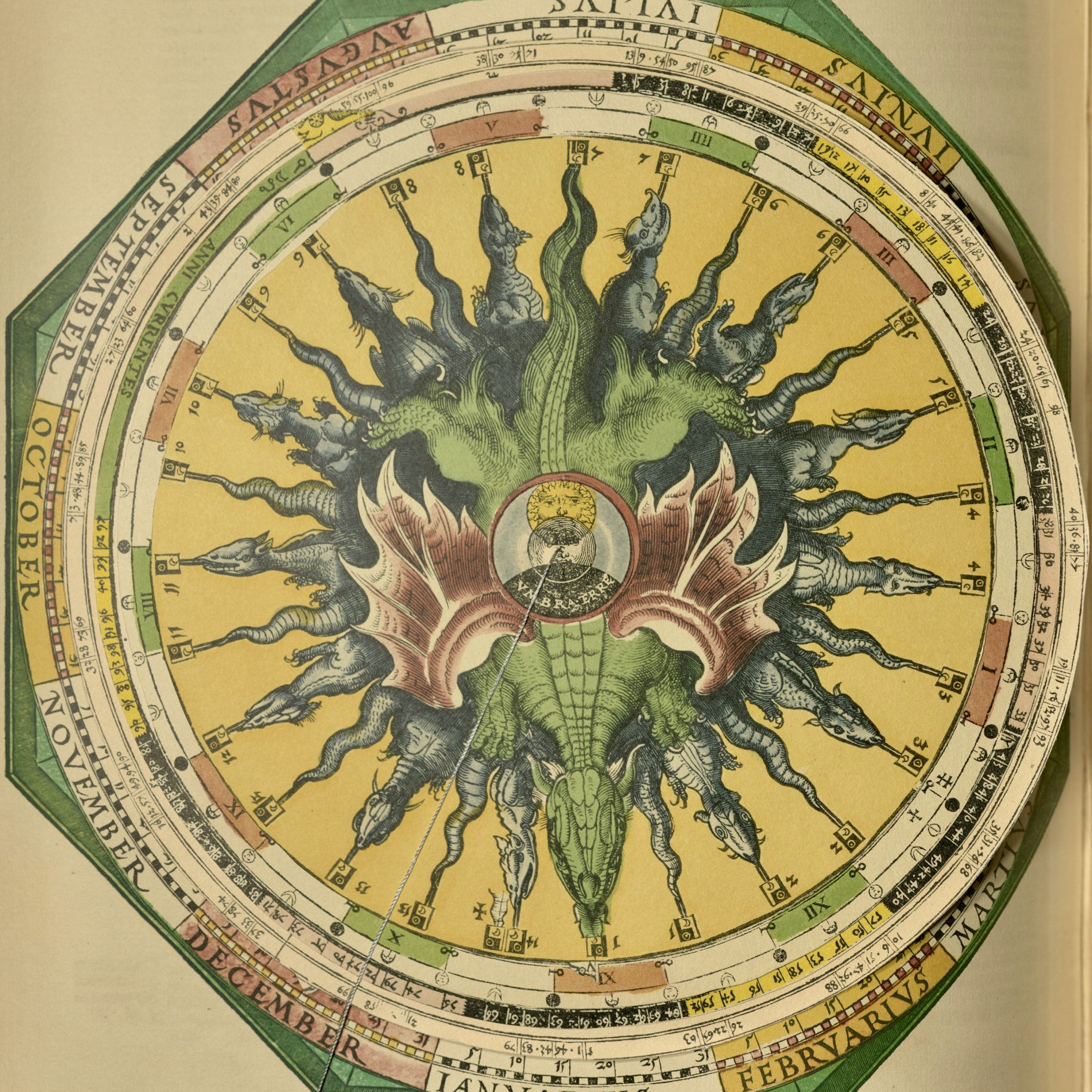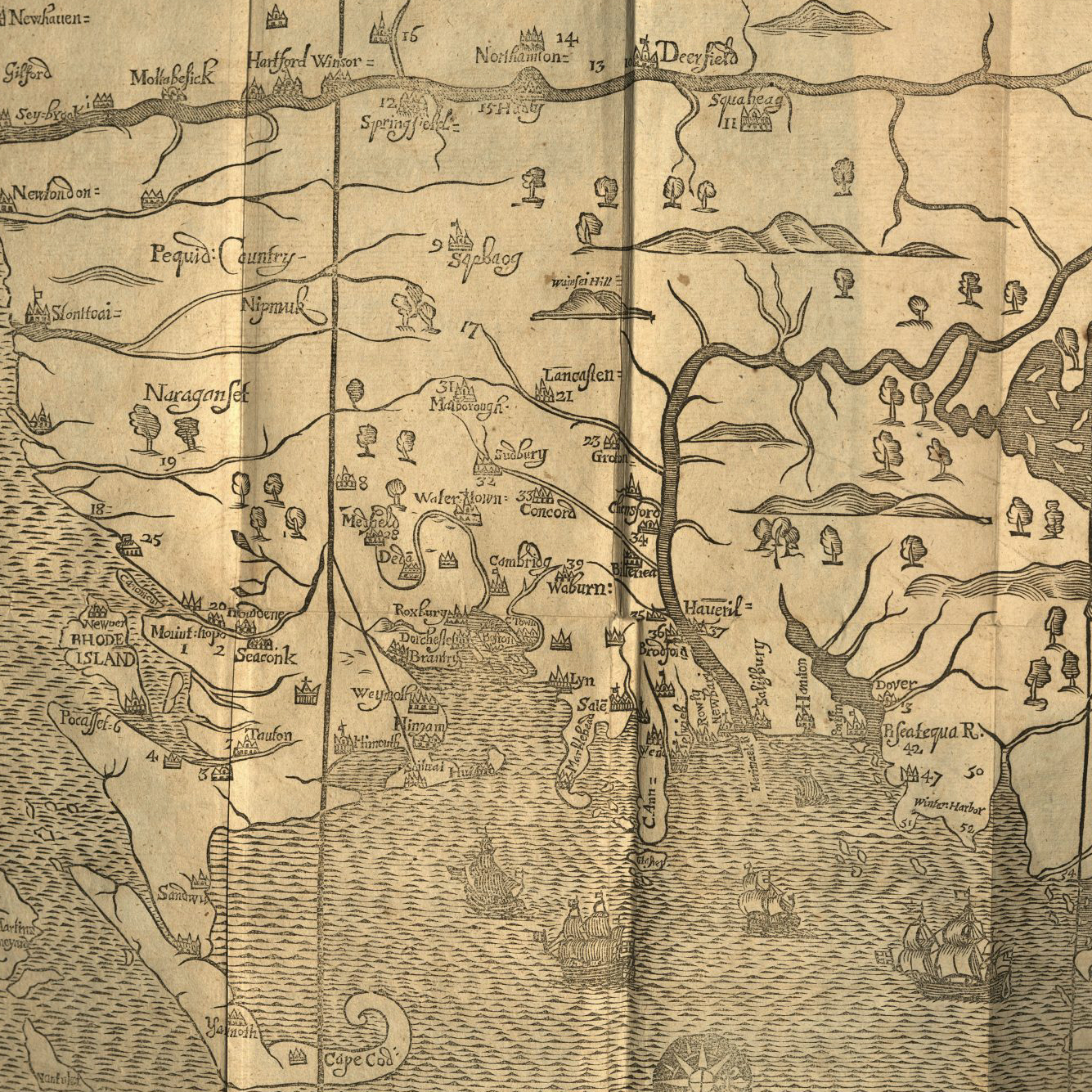US Future States Atlas: an Atlas of Global Imperialism
Daniel T. Mills and Phong Bui
2009
Santa Monica, CA
Perceval Press
Daniel Mills’s US Future States Atlas, like Enrique Chagoya’s Road Map, provides an exploration and interrogation of American imperialism. Introducing the project Mills writes, “[T]he atlas was started in response to the then U.S. leaders’ increasingly aggressive interactions with many countries—there were indications that the U.S. government would go to war, invade, or threaten other nations for a variety of reasons such as wanting their resources, not liking their leader, thinking they had weapons of mass destruction” (2009: 1).
Mills views his project as extending the US’s imperialistic logic to its reaches. The complete Atlas includes in-depth examinations of each potential future state, focusing on an explanation of the United State’s “Motive/Rationale for Takeover & Future Statehood” and “Benefits to Us.” Here, you see three different map designs depicting the Earth with numbered with sites of potential alliance or takeover, depending on Mills’s analysis.
Mills’s collaborator, Phong Bui, writes “[U]ltimately, what holds our interest in Mills’s work is the tension between what is read and what is seen. It’s no longer imagined. It’s made” (2009: 4). Bui suggests that in remaking the maps, Mills births a new reality, a new geography. For the purposes of this exhibition, we might even think about this as new knowledge. Together scientific reporting and artistic imaginings generate knowledge, but does this knowledge “report” on reality or does it “make” reality?
Another team of artist-scientists, landscape architects Richard Weller, Claire Hoch, and Chieh Huang, have been remaking the world’s first atlas, Abraham Ortelius' Theatrum Orbis Terrarum (Epitome of the Theater of the World). Their new atlas is called Atlas for the End of the World. It features a collection of maps and infographics depicting global biodiversity hotspots on a collision course with nearby cities. "A geopolitical tool to help prioritize conservation land-use planning," the maps are intended to help reach the United Nation's goal of 17% protected areas by 2020.
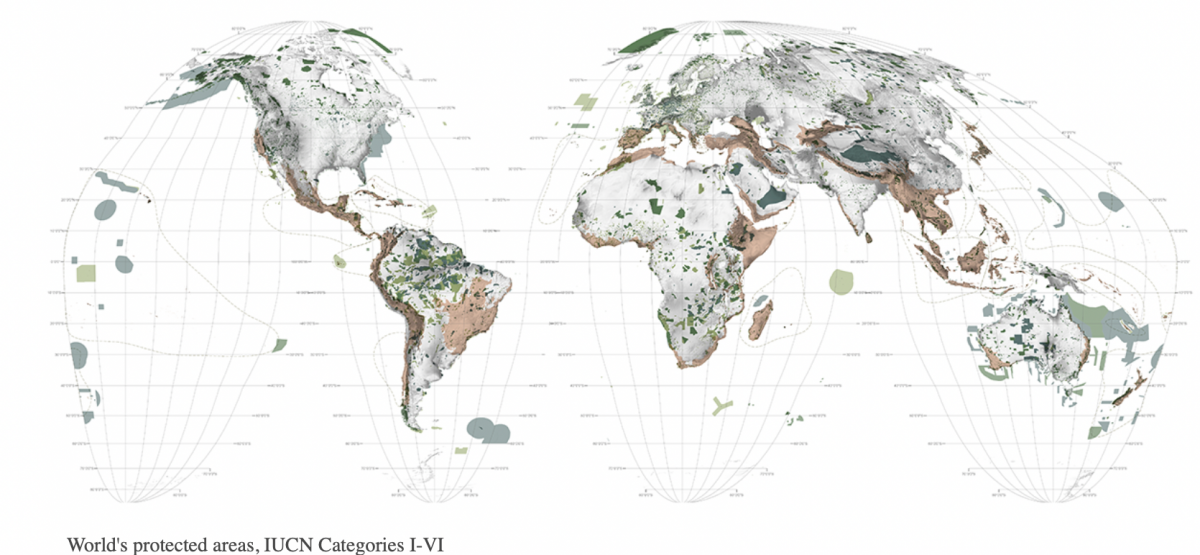
An image of Atlas's protected areas map which is adjusted as new data is produced by satellites circling the globe.
Atlas for the End uses Geographic Information Systems (GIS) to continually update their maps with information from satellites. The gathered data is used to calculate the ‘most-suitable’ future use of each plot of land. However, this wide-angle approach to understanding land fails to account for the individual circumstances of a mapped location; when the alternative future for a piece of land interferes with Indigenous peoples already living there, who should be in charge of the future of the land? When settler behavior, and not Indigenous practices, have endangered the land, would switching the land to its ‘most-suitable’ future use constitute real improvement? Because of these questions, the alternative futures of the protected areas must be viewed as subjective and artistic, rather than unequivocally determined.
Written by Katrina Kish and Esme Allopenna with assistance from Kristin Eshelman

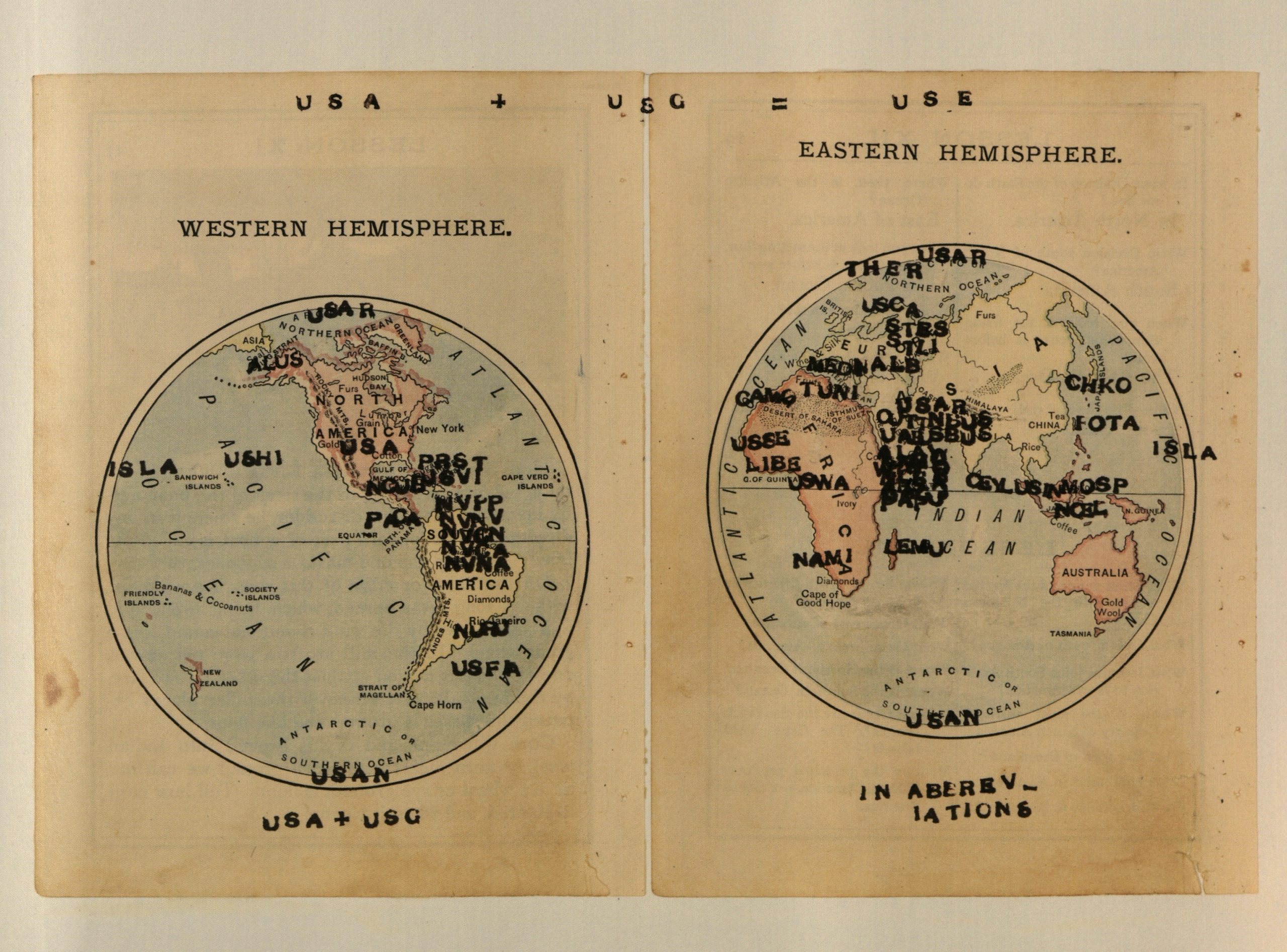


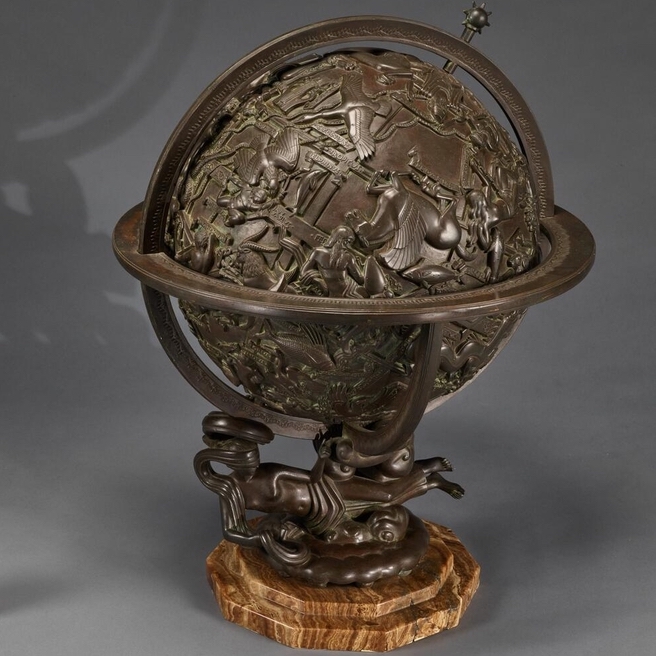

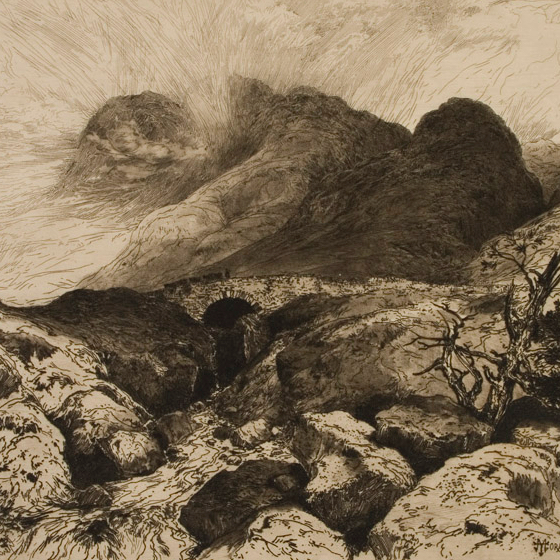
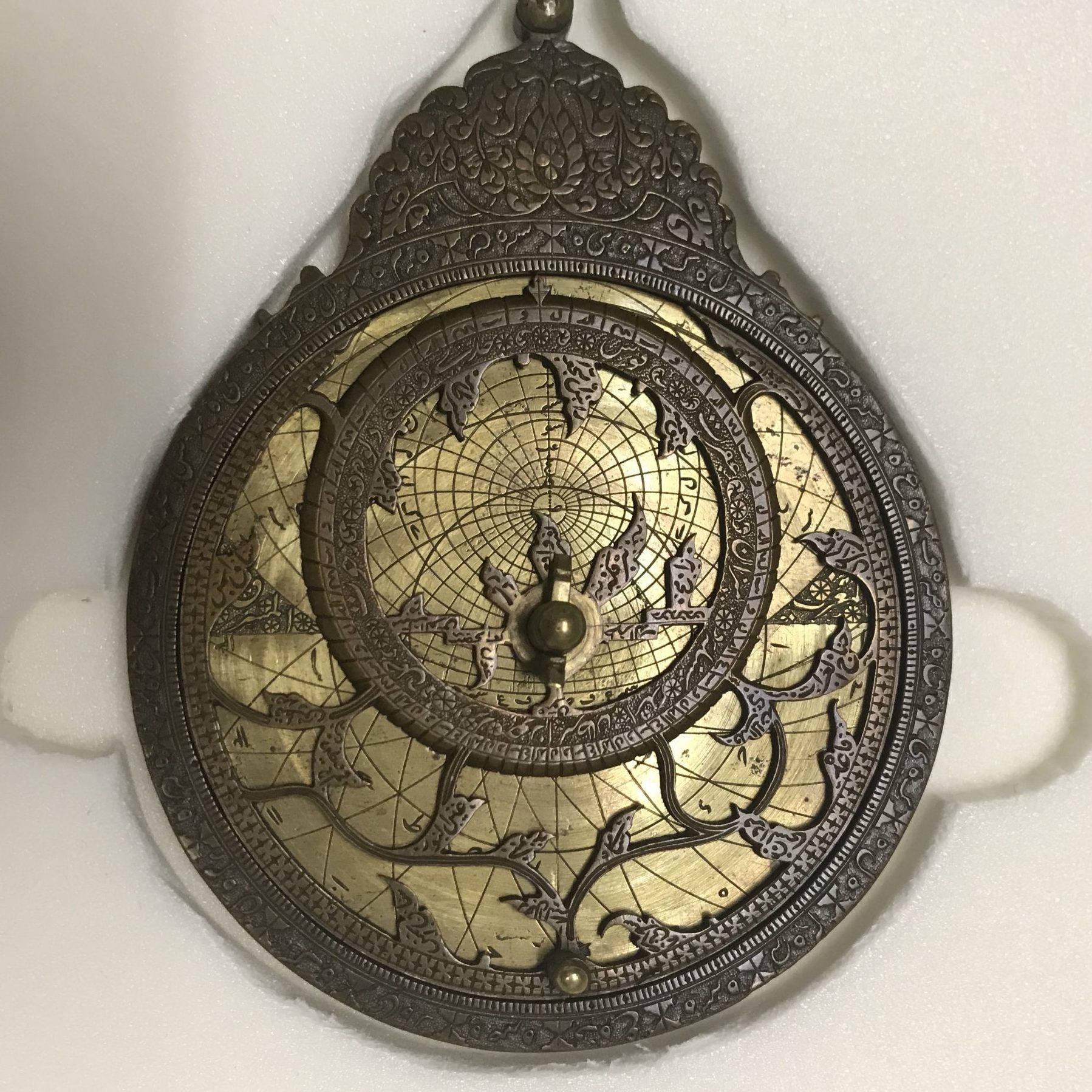


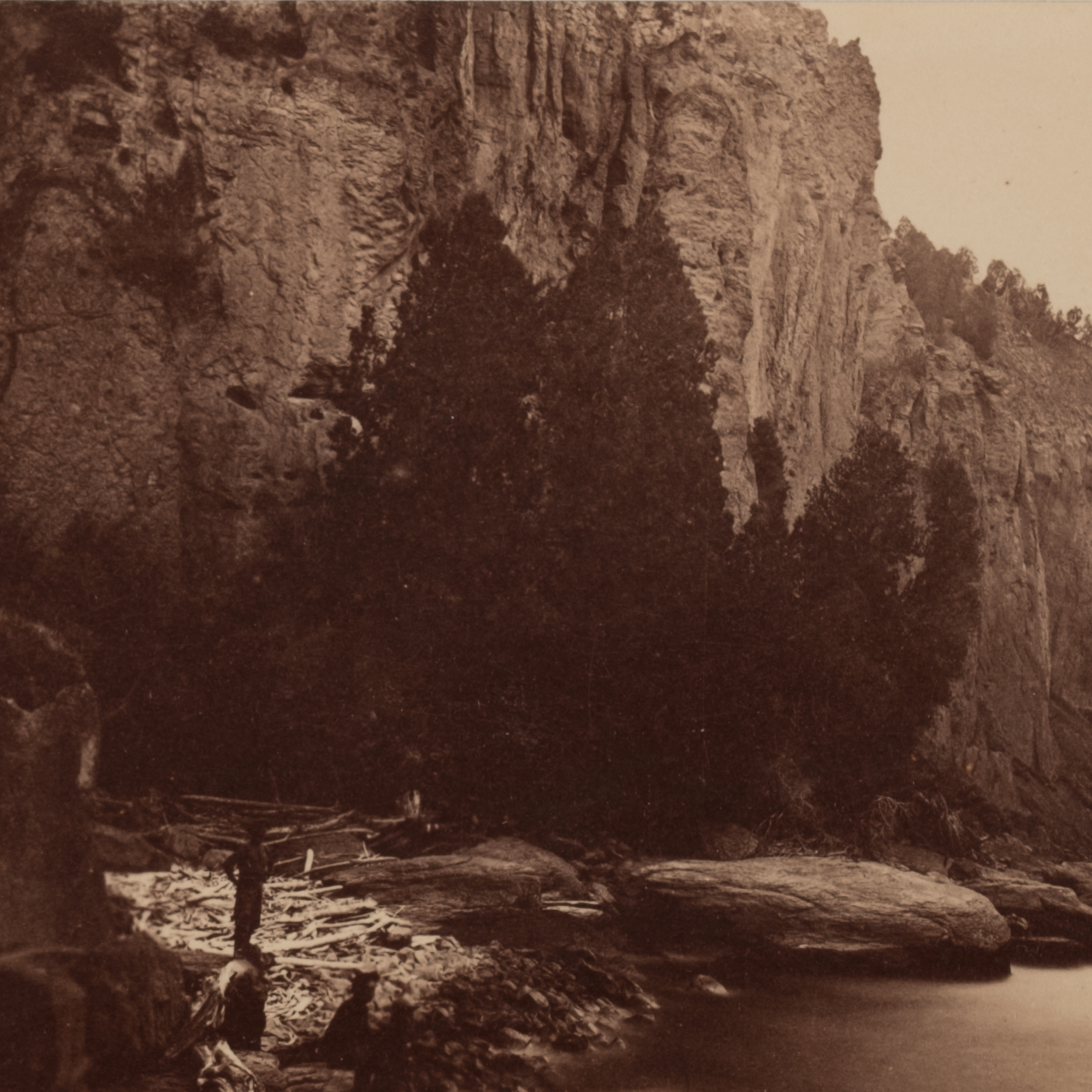

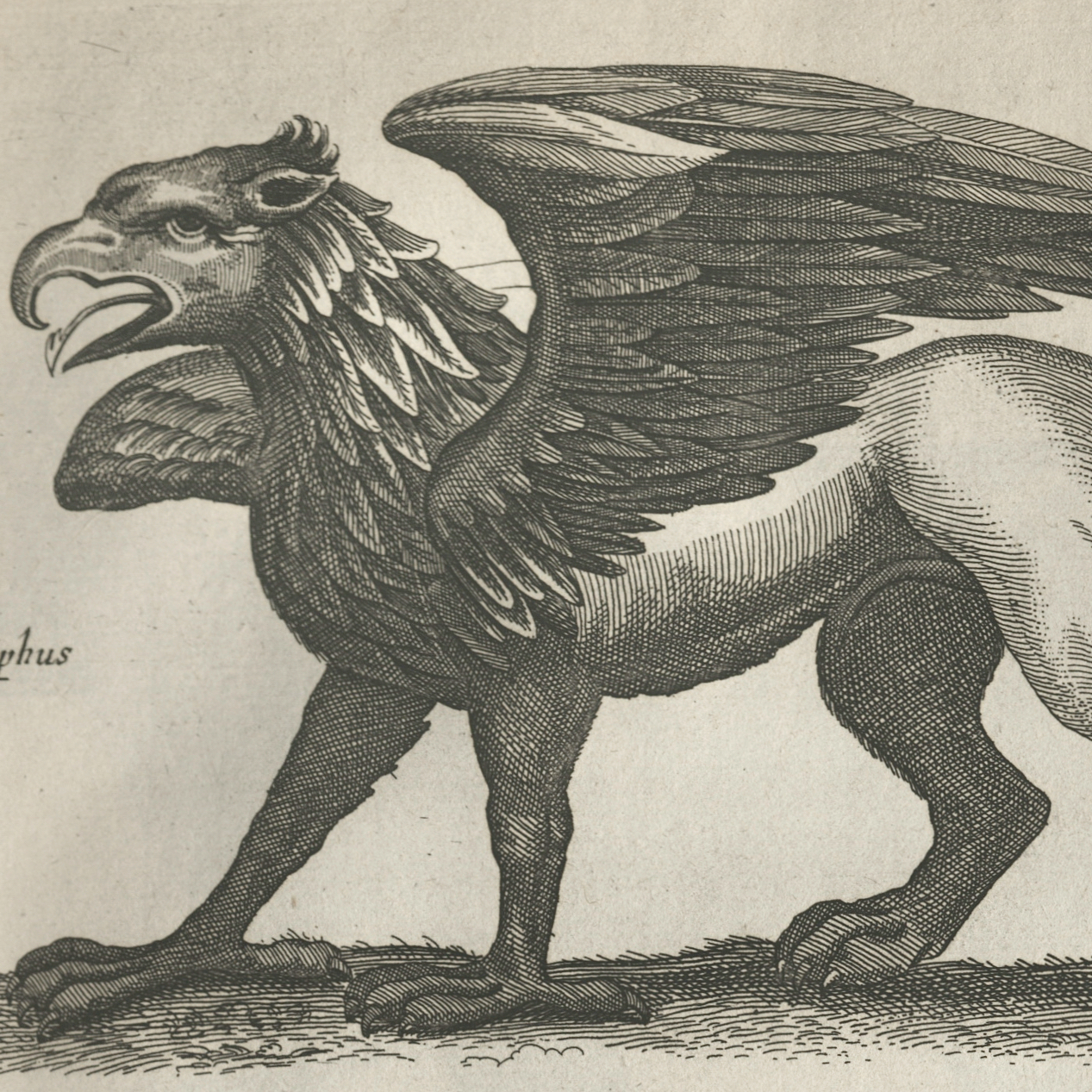



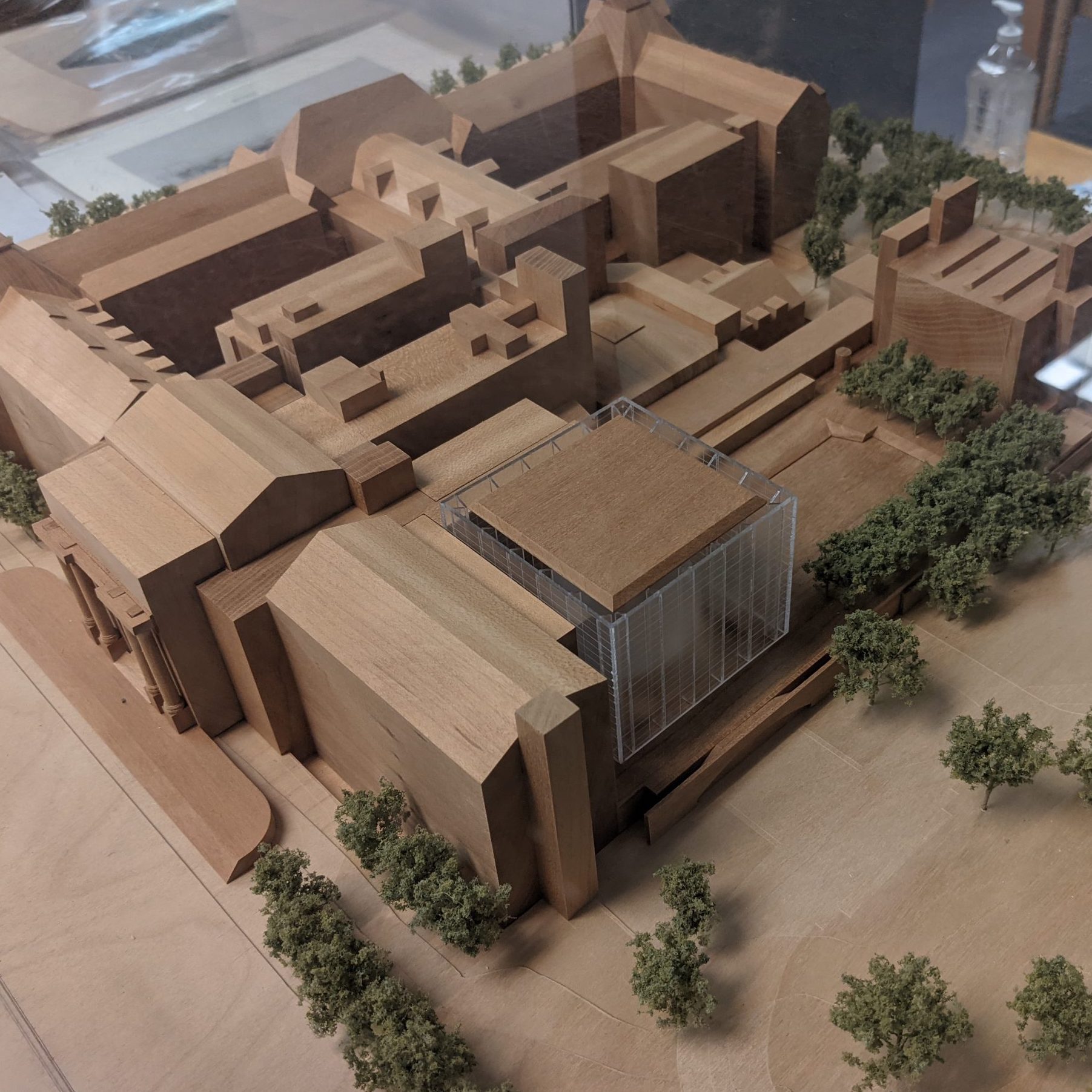




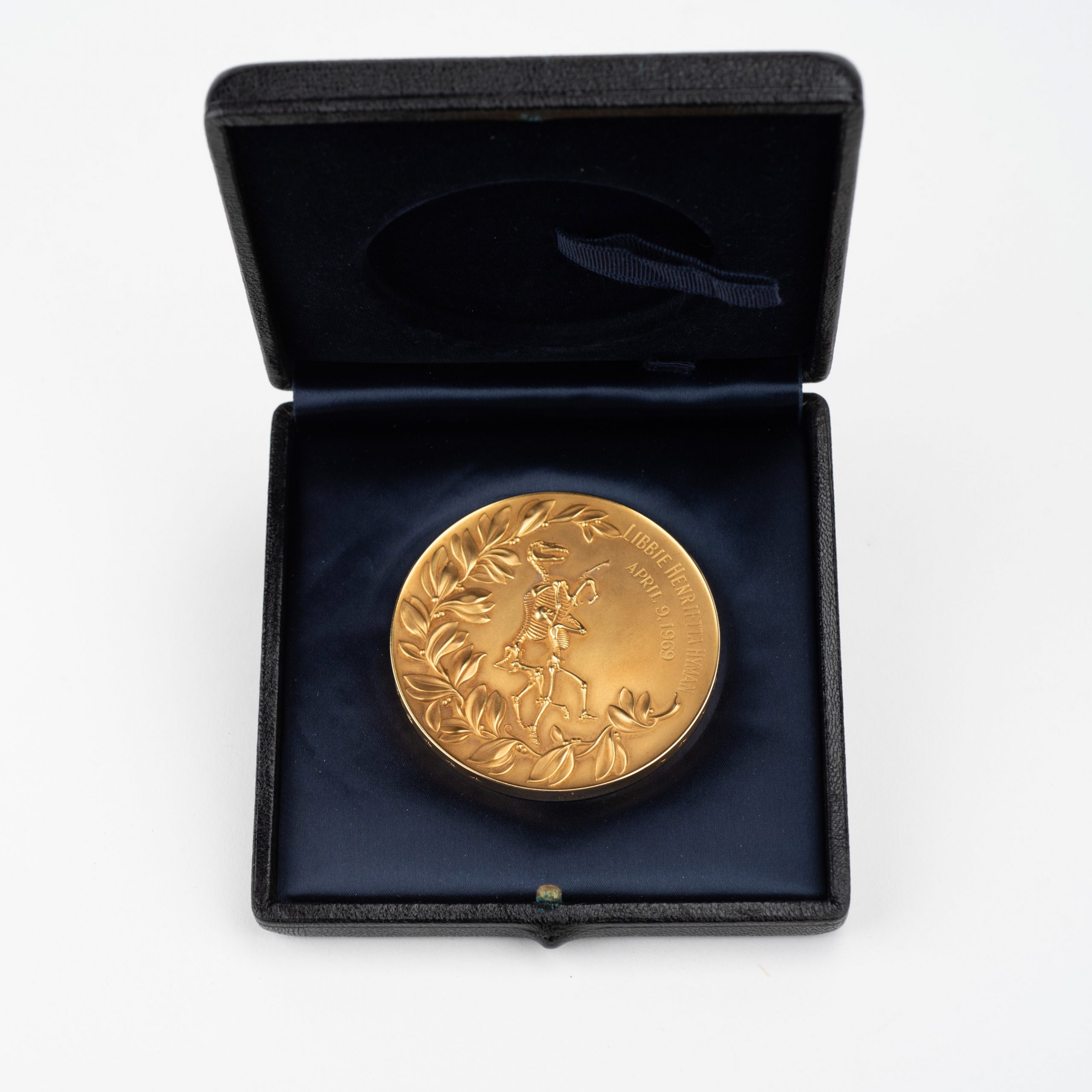



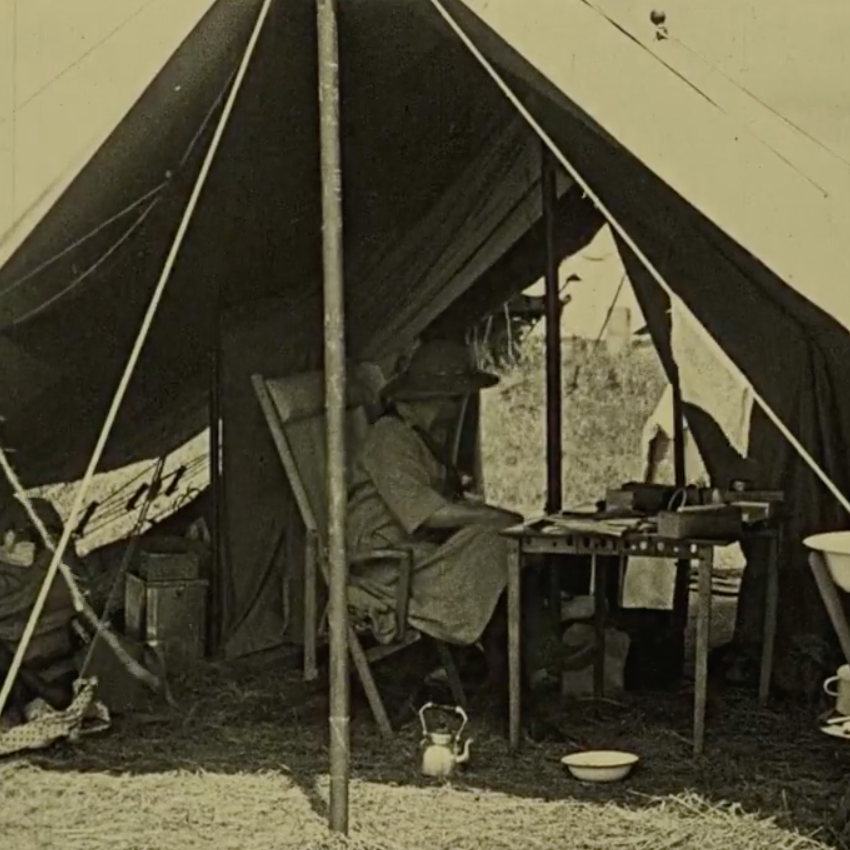

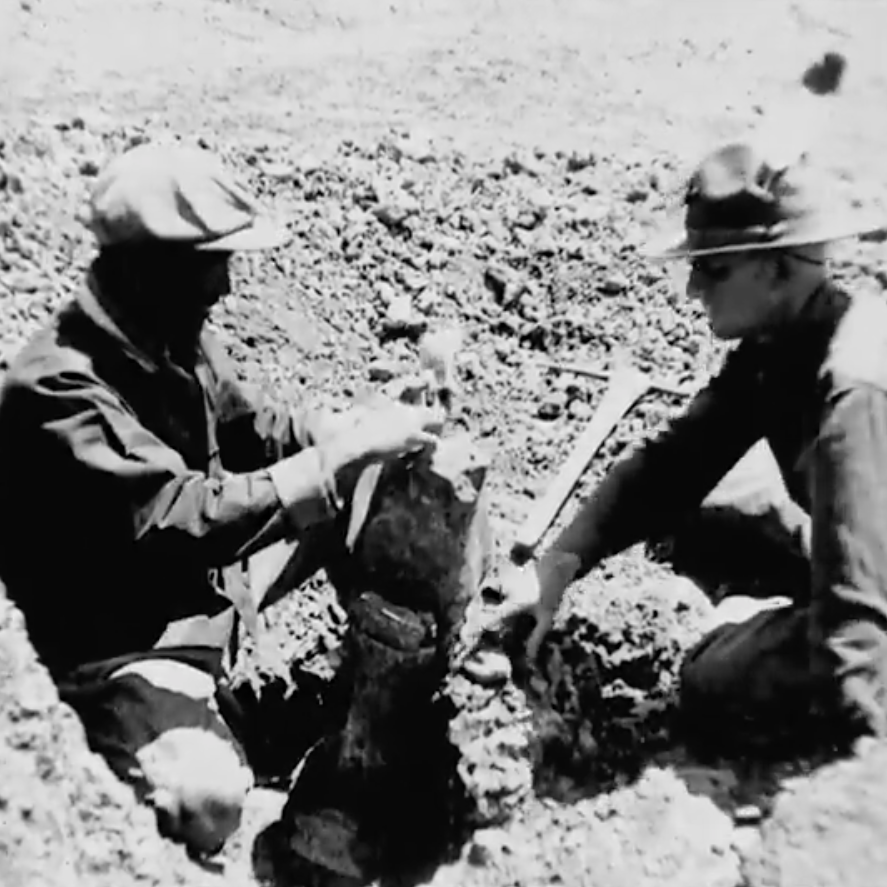

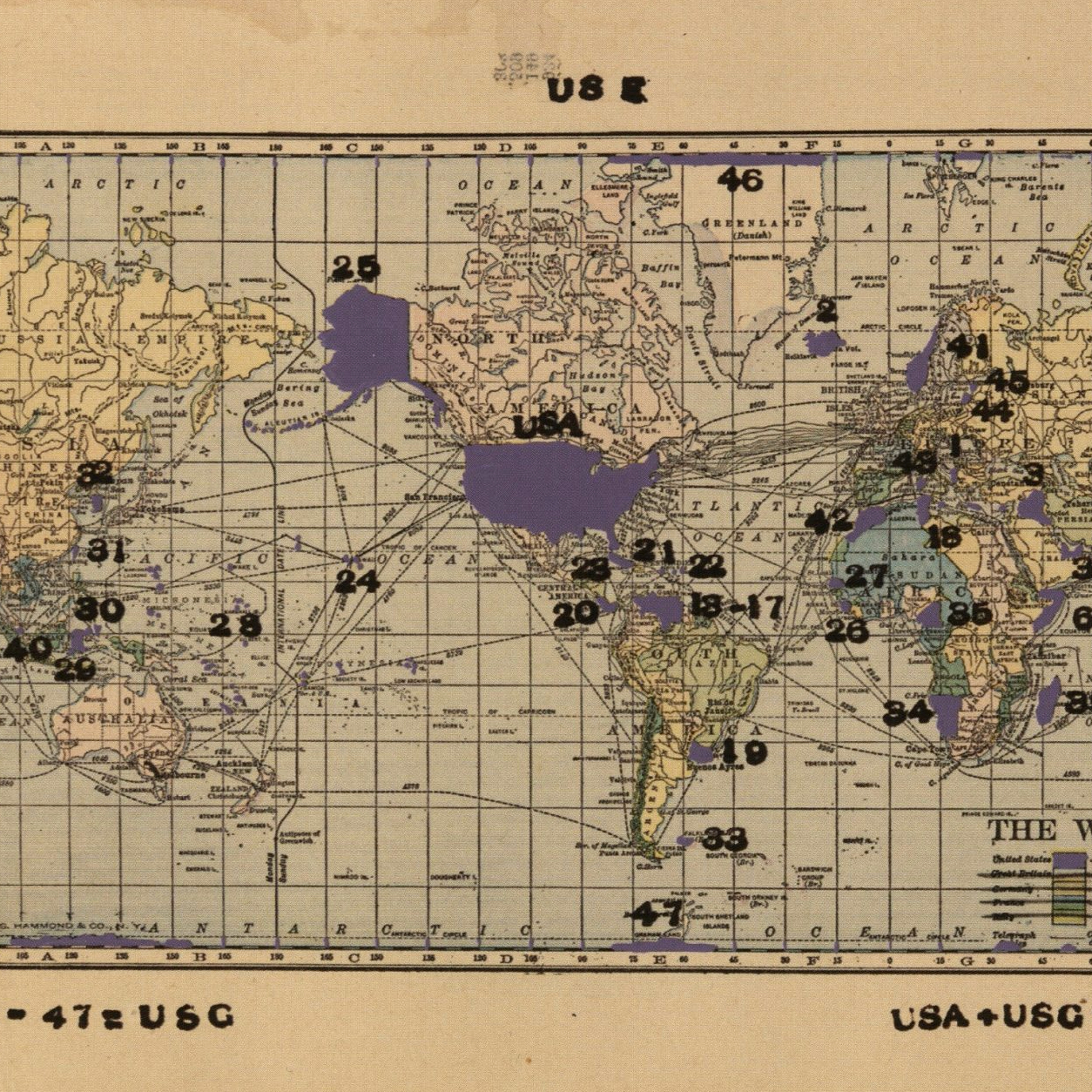
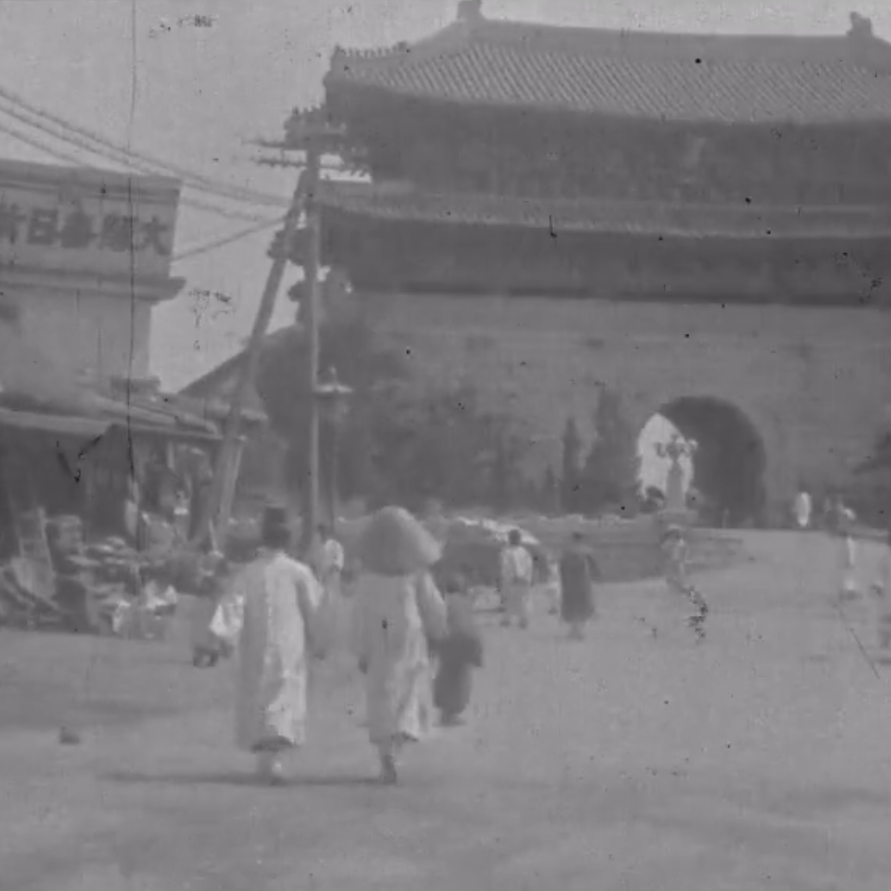
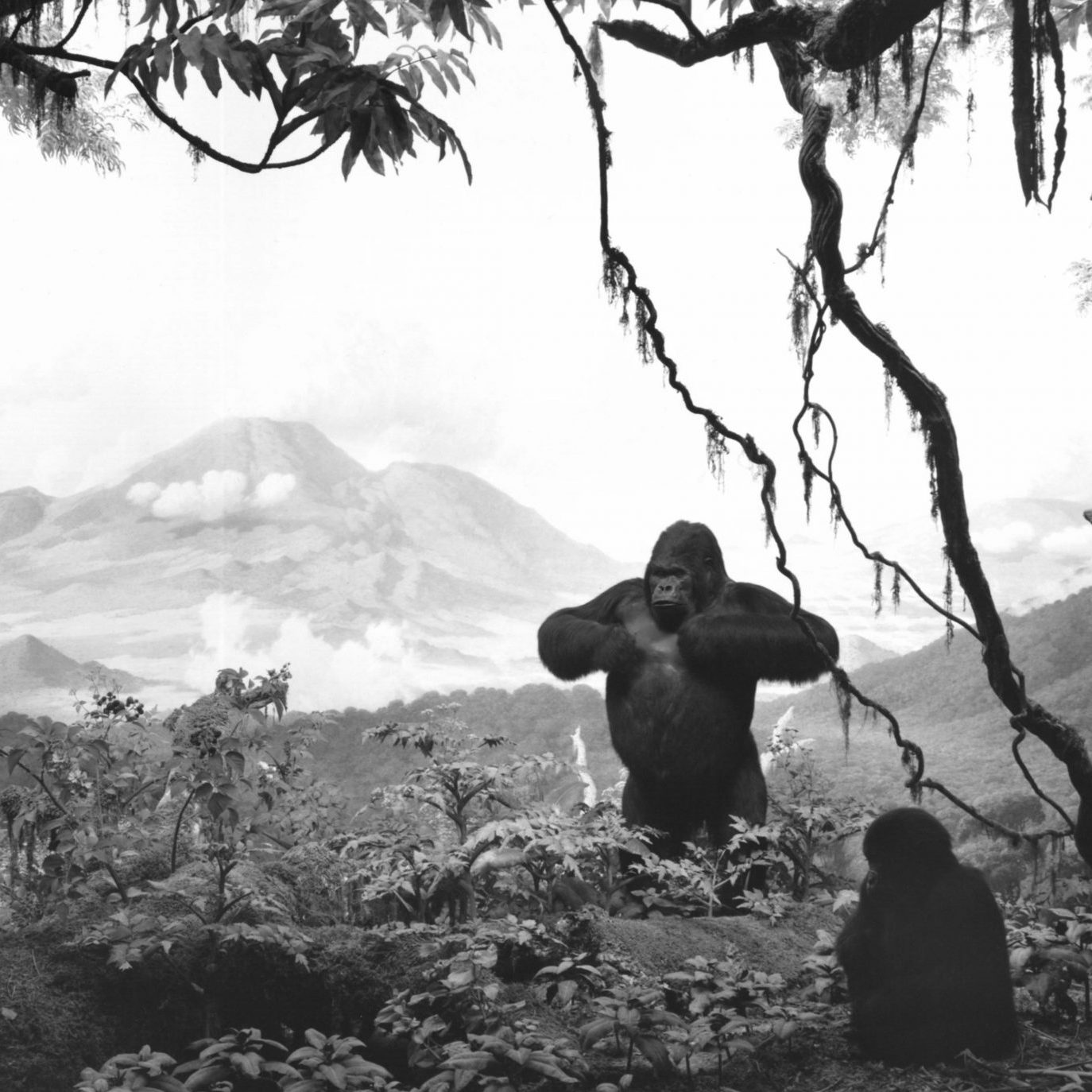
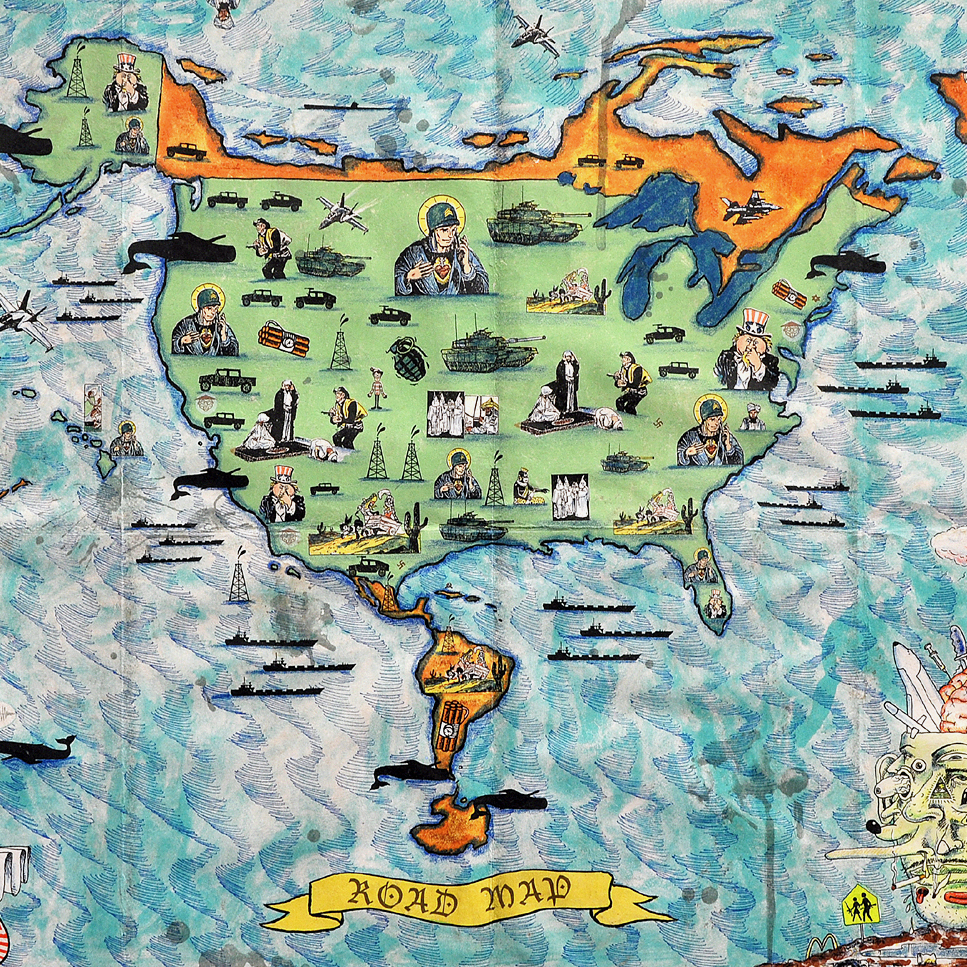

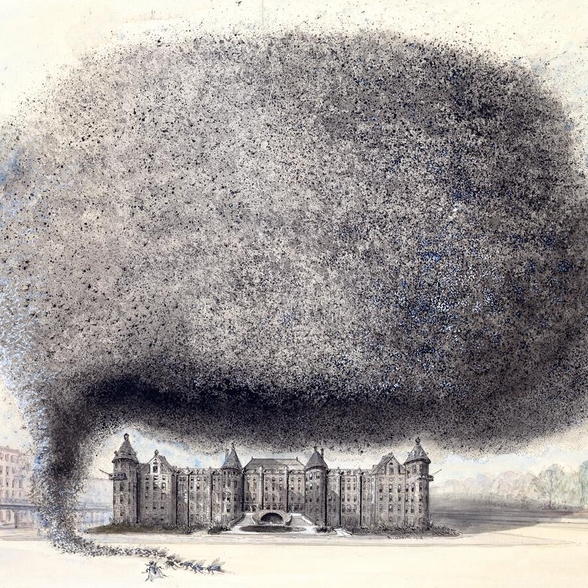
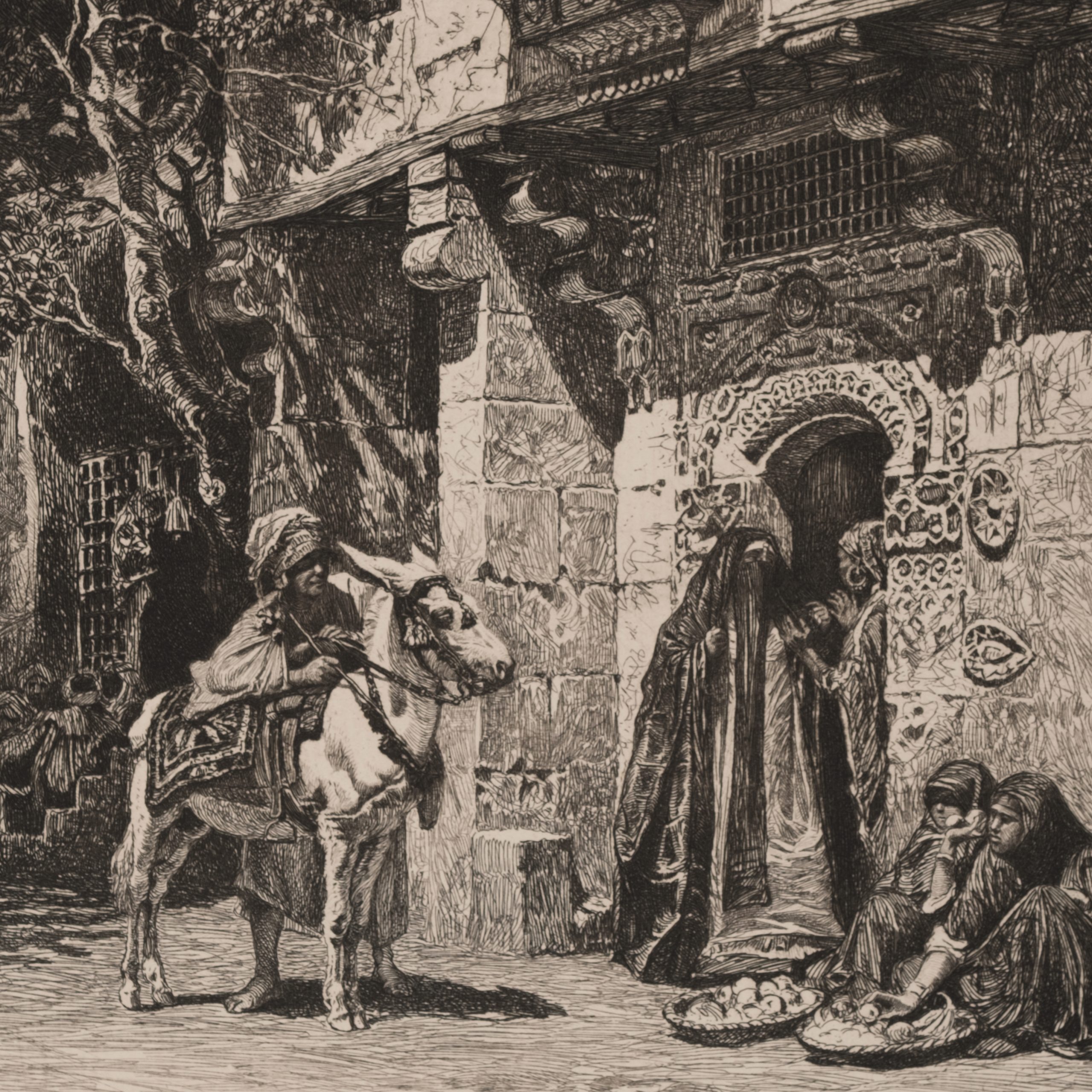
![Howard Russell Butler's [Hydrogen prominences]](https://futureoftruth.media.uconn.edu/wp-content/uploads/sites/2921/2023/01/k6584-square.jpg)



